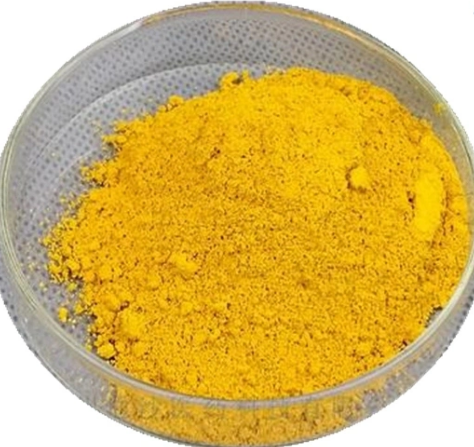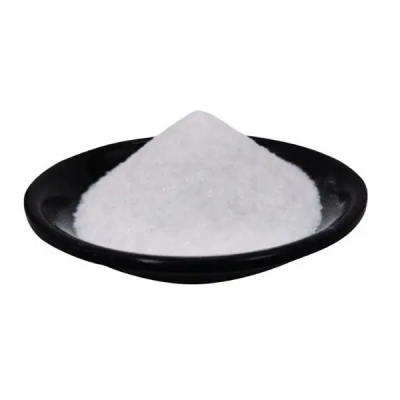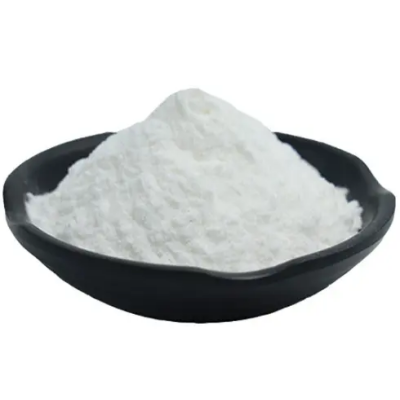Isobutylmagnesium chloride CAS:5674-02-2
Isobutylmagnesium chloride (C₄H₉MgCl) is a significant member of the Grignard reagents, characterized by an isobutyl group that is attached to a magnesium atom coordinated with a chlorine atom. The molecular structure features a branched alkyl chain that imparts unique reactivity properties, thus making isobutylmagnesium chloride an essential reagent in organic synthesis. As a powerful nucleophile, isobutylmagnesium chloride reacts vigorously with a wide variety of electrophiles. One of its primary applications is in the nucleophilic addition to carbonyl compounds, including aldehydes and ketones. When this Grignard reagent interacts with these electrophiles, it forms secondary or tertiary alcohols, depending on the nature of the carbonyl compound used. For example, when isobutylmagnesium chloride is added to formaldehyde, it yields a secondary alcohol, while the reaction with acetone produces a tertiary alcohol. These resultant alcohols are crucial intermediates in the synthesis of more complex organic molecules, which can be further modified to yield numerous derivatives. In addition to its reactivity with carbonyls, isobutylmagnesium chloride can also engage in reactions with epoxides and other electrophiles. Its ability to attack various substrates allows chemists to construct diverse molecular architectures, which are vital for producing compounds found in natural products, pharmaceuticals, and specialty chemicals. Another notable aspect of isobutylmagnesium chloride is its application in the synthesis of branched hydrocarbons, which are important in creating high-performance materials and fine chemicals. By reacting this Grignard reagent with other electrophiles, chemists can effectively elongate carbon chains or introduce new functional groups that can enhance the properties of the final product. However, caution is necessary when handling isobutylmagnesium chloride due to its sensitivity to moisture and air. It must be stored and handled under strictly anhydrous conditions to avoid hydrolysis, which could generate flammable gases and hazardous situations. Using inert atmospheres during reactions is crucial for ensuring safe handling and effective use. In conclusion, isobutylmagnesium chloride is a versatile and indispensable reagent in organic synthesis, known for its ability to form carbon-carbon bonds and produce a range of functionalized products. Its unique properties enable chemists to construct intricate organic molecules, making it invaluable across multiple fields such as pharmaceuticals, agrochemicals, and materials science. An understanding of its reactivity and applications is essential for enhancing synthetic strategies and advancing chemical research.



| Composition | C4H9ClMg |
| Assay | 99% |
| Appearance | white powder |
| CAS No. | 5674-02-2 |
| Packing | Small and bulk |
| Shelf Life | 2 years |
| Storage | Store in cool and dry area |
| Certification | ISO. |




![4-HYDROXYPYRROLO[2,3-D]PYRIMIDINE CAS:3680-71-5](https://cdn.globalso.com/xindaobiotech/1D4QTSIFBZ23MOQQ35.png)



![Di-chlorobis[(1,2,3-)-1-phenyl-2-propenyl]dipalladium(II) CAS:12131-44-1](https://cdn.globalso.com/xindaobiotech/WO70D3S3M@H2JIKQ44.png)
